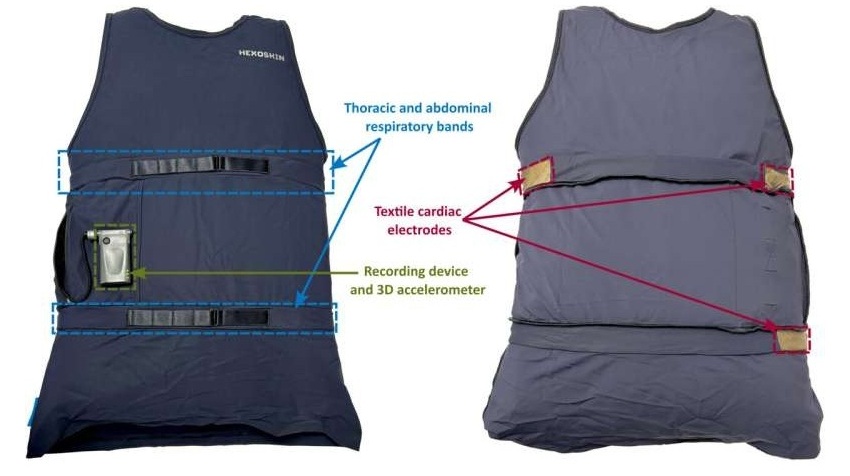Google Buys Hi-Tech Spoon Maker 
|
By HospiMedica International staff writers Posted on 21 Sep 2014 |
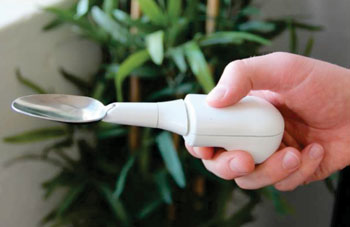
Image: The Lift Labs tremor-cancelling spoon (Photo courtesy of Lift Labs).
Google (Mountain View, CA, USA) has bought Lift Labs (San Francisco, CA, USA), the maker of a tremor-cancelling spoon aimed at improving the lives of people suffering from Parkinson’s disease (PD) and essential tremor.
The company will join Google[x], Google’s research division, which is dedicated to making major technological advancements though ambitious projects known as “moonshots,” such as self-driving cars, delivery drones, and Google glass. The acquisition marks a further move for Google into the biotech and healthcare sectors, following the recent announcement on the development of a special contact lens for diabetics that is capable of monitoring blood-sugar levels.
The Liftware system is designed for people whose hand tremor interferes with daily activities. Sensors in the Liftware base handle detect a person’s tremor, and the device responds using motors to move the spoon opposite the tremor. The device can discern motion from hand tremor from other types of motion, allowing it to respond to just the tremor while preserving the user’s intended motion. In contrast to braces, which force a user’s hand to be still and can cause patient discomfort, Liftware allows the patient’s hand to shake while stabilizing food. Other attachment, such as a key holder, fork, and soup spoon are under development.
“Today we’re welcoming the Lift Labs team into Google[x]. Their tremor-cancelling device could improve quality of life for millions of people,” announced Google on its Google+ page. “We’re also going to explore how their technology could be used in other ways to improve the understanding and management of neurodegenerative diseases such as Parkinson’s disease and essential tremor.”
“We're joining Google[x] and will continue to make and sell our Liftware stabilizers. We could not have reached this point without the support of Rock Health, the National Institutes of Health, our customers, and the hard work of our team,” stated the LiftLab founders. “We're especially excited to work with the Google team to scale our operations and reach even more people who could benefit from using tremor-canceling devices.”
Google co-founder Sergey Brin, whose mother suffers from PD, discovered in 2008 that he also carried a mutation of the LRRK2 gene (G2019S) that increases the risk of developing the disease.
Related Links:
Google
Lift Labs
The company will join Google[x], Google’s research division, which is dedicated to making major technological advancements though ambitious projects known as “moonshots,” such as self-driving cars, delivery drones, and Google glass. The acquisition marks a further move for Google into the biotech and healthcare sectors, following the recent announcement on the development of a special contact lens for diabetics that is capable of monitoring blood-sugar levels.
The Liftware system is designed for people whose hand tremor interferes with daily activities. Sensors in the Liftware base handle detect a person’s tremor, and the device responds using motors to move the spoon opposite the tremor. The device can discern motion from hand tremor from other types of motion, allowing it to respond to just the tremor while preserving the user’s intended motion. In contrast to braces, which force a user’s hand to be still and can cause patient discomfort, Liftware allows the patient’s hand to shake while stabilizing food. Other attachment, such as a key holder, fork, and soup spoon are under development.
“Today we’re welcoming the Lift Labs team into Google[x]. Their tremor-cancelling device could improve quality of life for millions of people,” announced Google on its Google+ page. “We’re also going to explore how their technology could be used in other ways to improve the understanding and management of neurodegenerative diseases such as Parkinson’s disease and essential tremor.”
“We're joining Google[x] and will continue to make and sell our Liftware stabilizers. We could not have reached this point without the support of Rock Health, the National Institutes of Health, our customers, and the hard work of our team,” stated the LiftLab founders. “We're especially excited to work with the Google team to scale our operations and reach even more people who could benefit from using tremor-canceling devices.”
Google co-founder Sergey Brin, whose mother suffers from PD, discovered in 2008 that he also carried a mutation of the LRRK2 gene (G2019S) that increases the risk of developing the disease.
Related Links:
Lift Labs
Latest Patient Care News
- Revolutionary Automatic IV-Line Flushing Device to Enhance Infusion Care
- VR Training Tool Combats Contamination of Portable Medical Equipment
- Portable Biosensor Platform to Reduce Hospital-Acquired Infections
- First-Of-Its-Kind Portable Germicidal Light Technology Disinfects High-Touch Clinical Surfaces in Seconds
- Surgical Capacity Optimization Solution Helps Hospitals Boost OR Utilization

- Game-Changing Innovation in Surgical Instrument Sterilization Significantly Improves OR Throughput
- Next Gen ICU Bed to Help Address Complex Critical Care Needs
- Groundbreaking AI-Powered UV-C Disinfection Technology Redefines Infection Control Landscape
- Clean Hospitals Can Reduce Antibiotic Resistance, Save Lives
- Smart Hospital Beds Improve Accuracy of Medical Diagnosis
- New Fast Endoscope Drying System Improves Productivity and Traceability
- World’s First Automated Endoscope Cleaner Fights Antimicrobial Resistance
- Portable High-Capacity Digital Stretcher Scales Provide Precision Weighing for Patients in ER
- Portable Clinical Scale with Remote Indicator Allows for Flexible Patient Weighing Use
- Innovative and Highly Customizable Medical Carts Offer Unlimited Configuration Possibilities
- Biomolecular Wound Healing Film Adheres to Sensitive Tissue and Releases Active Ingredients
Channels
Critical Care
view channel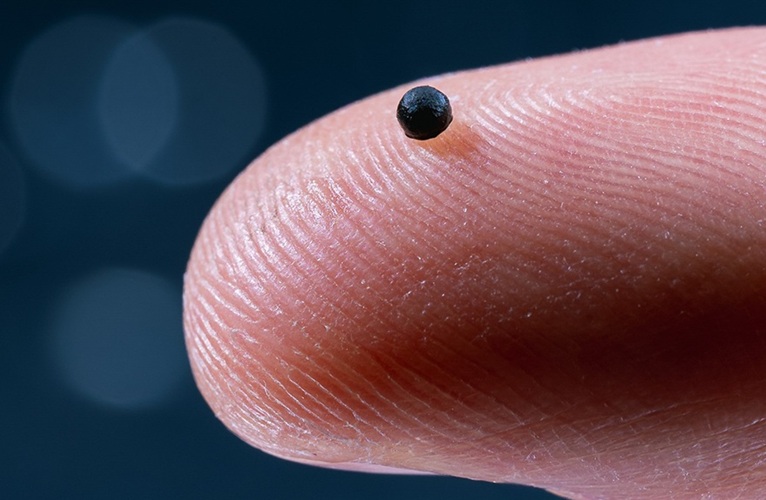
Magnetically Guided Microrobots to Enable Targeted Drug Delivery
Stroke affects 12 million people globally each year, often causing death or lasting disability. Current treatment relies on systemic administration of clot-dissolving drugs, which circulate throughout... Read more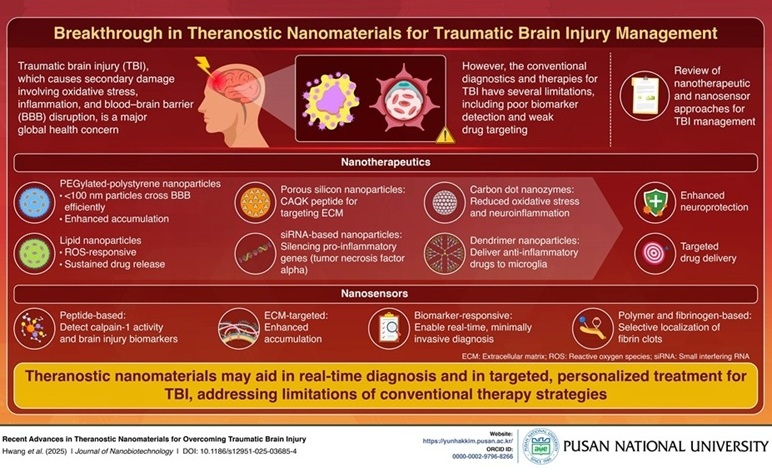
Smart Nanomaterials Detect and Treat Traumatic Brain Injuries Simultaneously
Traumatic brain injury (TBI) continues to leave millions with long-term disabilities every year. After a sudden impact from a fall, collision, or accident, the brain undergoes inflammation, oxidative stress,... Read more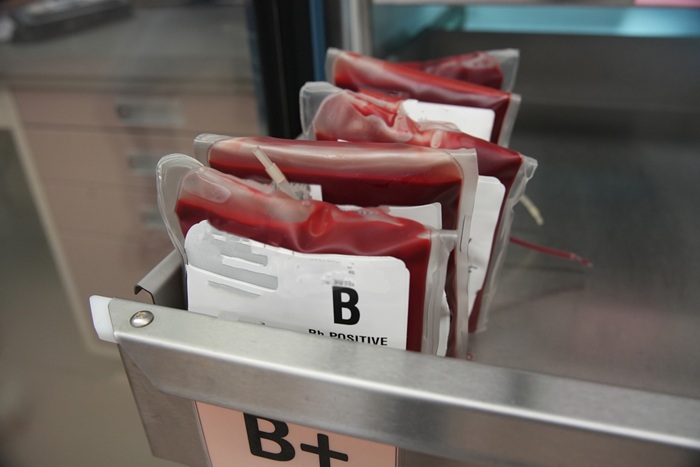
Earlier Blood Transfusion Could Reduce Heart Failure and Arrhythmia in Heart Disease Patients
Blood loss during or after surgery can place significant stress on people with heart disease, increasing the risk of dangerous complications. Transfusions are often delayed until hemoglobin levels fall... Read moreSurgical Techniques
view channel
New Study Findings Could Halve Number of Stent Procedures
When a coronary artery becomes acutely blocked during a heart attack, opening it immediately is essential to prevent irreversible damage. However, many patients also have other narrowed vessels that appear... Read more
Breakthrough Surgical Device Redefines Hip Arthroscopy
Hip arthroscopy has surged in popularity, yet surgeons still face major mechanical constraints when navigating deep joint spaces through traditional cannulas. Limited tool mobility and the need for an... Read morePatient Care
view channel
Revolutionary Automatic IV-Line Flushing Device to Enhance Infusion Care
More than 80% of in-hospital patients receive intravenous (IV) therapy. Every dose of IV medicine delivered in a small volume (<250 mL) infusion bag should be followed by subsequent flushing to ensure... Read more
VR Training Tool Combats Contamination of Portable Medical Equipment
Healthcare-associated infections (HAIs) impact one in every 31 patients, cause nearly 100,000 deaths each year, and cost USD 28.4 billion in direct medical expenses. Notably, up to 75% of these infections... Read more
Portable Biosensor Platform to Reduce Hospital-Acquired Infections
Approximately 4 million patients in the European Union acquire healthcare-associated infections (HAIs) or nosocomial infections each year, with around 37,000 deaths directly resulting from these infections,... Read moreFirst-Of-Its-Kind Portable Germicidal Light Technology Disinfects High-Touch Clinical Surfaces in Seconds
Reducing healthcare-acquired infections (HAIs) remains a pressing issue within global healthcare systems. In the United States alone, 1.7 million patients contract HAIs annually, leading to approximately... Read moreHealth IT
view channel
EMR-Based Tool Predicts Graft Failure After Kidney Transplant
Kidney transplantation offers patients with end-stage kidney disease longer survival and better quality of life than dialysis, yet graft failure remains a major challenge. Although a successful transplant... Read more












